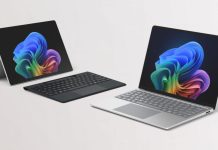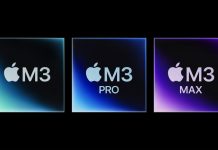Hardware, apps, prescription lenses—we go over the essentials.
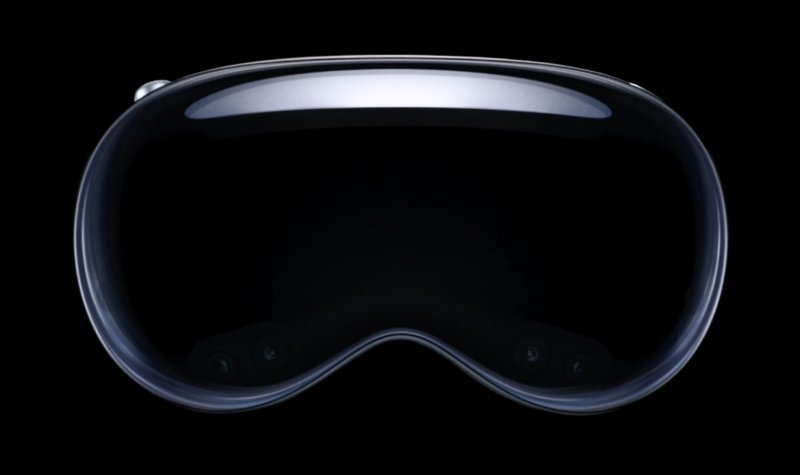
After years of delays, preorders for the Apple Vision Pro are just a few days away. It’s been a long, winding road to get to this point, and the nature of the headset has shifted through numerous rumors, both true and false.
Because of all that, this is a good time to clarify exactly what you can (and can’t) expect from Apple’s most ambitious new product in many years.
Apple showed more or less what it had finally landed on at WWDC in June, and I got some hands-on time with it then, but I still had a lot of questions. Fortunately, a few relevant details have been clarified since.
The Vision Pro is a real gamble for Apple, and its rollout will be an unusual one. There are likely to be relatively few units available on launch day, at least compared to the company’s other products. Apple knows a first-generation product that starts at $3,499 won’t sell as fast as a new iPhone model—not even close.
Until a full review, I won’t know for sure who to recommend it to. But if you’re on the fence about being bold enough to preorder before reviews come in, treat this as a cheat sheet for the next couple of weeks.
The launch (and the price)
Online preorders start on January 19 at 5 am PST. February 2 is the day the device will start arriving on the doorsteps of those who preordered, and it’s also when the device will start being available at all US Apple Store locations. It’s important to clarify that the Vision Pro is launching in the US first; other key regions are expected later in the year.
The base configuration of the Vision Pro will cost a whopping $3,499, far more than the consumer VR or AR headsets we’ve seen in the past. However, there’s a lot more going on with Vision Pro hardware than in those headsets. And Apple has been careful not to call this a VR or AR headset at all; instead, the company dubs it a “spatial computing” device as a way to differentiate it from its predecessors.Advertisement
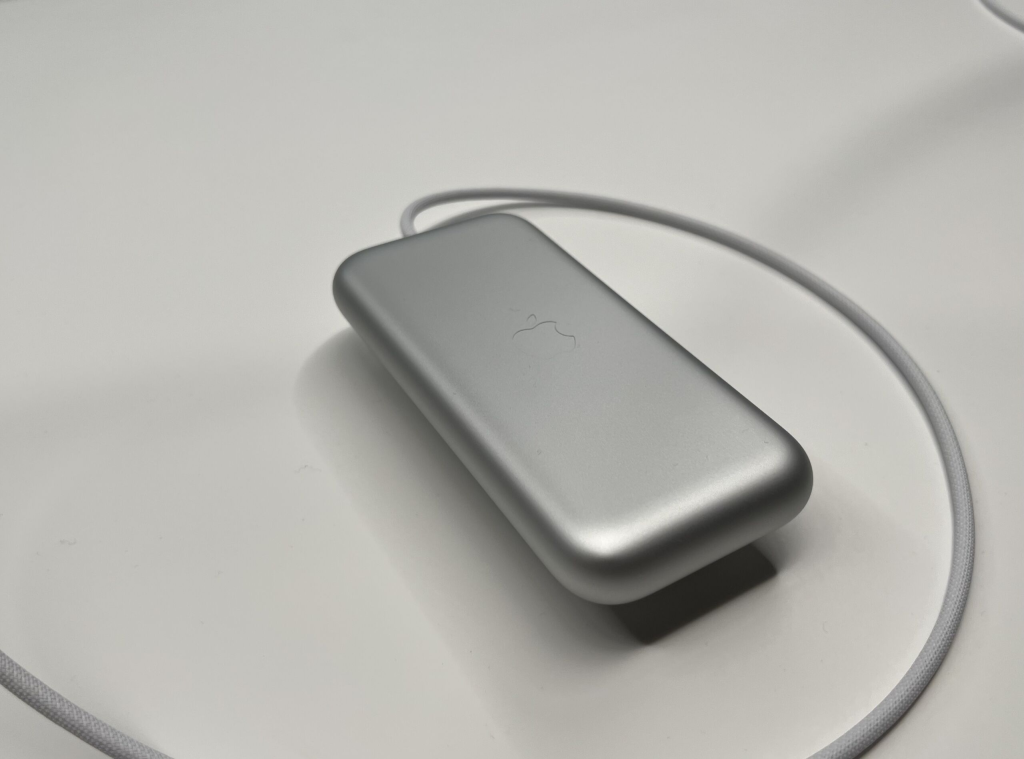
Apple has reportedly been giving retail employees intensive training on a special process for selling the device in stores. Expect things like consultations on fitting, prescription lenses, and so on—similar to what I experienced when attending a demo of the device at WWDC. That will all follow a 25-minute demo, according to early reports. Signups for the demos start at 8 am on launch day.
When I tried the device, Apple asked about my vision and glasses prescription, used a 3D scan to measure my head, and more. Those who order online will be able to do all of this remotely, provided they have a recent iPhone or iPad with the TrueDepth sensor array. Apple used an iPhone when it took these readings in person at the demo in June.
There’s not enough room inside the Vision Pro for most people’s glasses, so you’ll have the option to buy corrective lenses as inserts specifically for the device. Fortunately, these aren’t quite as expensive as many of us initially feared: The standard price is $150, with reading lenses costing just $100. That’s still not cheap, but it was easy to imagine worse.
Supply chain analysts have come out and said they expect supply to fall far short of demand, so it’s likely that initial supply will sell out quickly, with potentially long wait times for new orders after that. We’ve seen similar things happen with launches for other Apple products like iPhone and MacBook Pro models before.
The situation could be worse, though; initial reports predicted hundreds of thousands of units, but respected supply chain analyst Ming-Chi Kuo recently said he believes Apple will only produce between 60,000 and 80,000 units for the launch. Demand will obviously be tempered by the very high list price, but it wouldn’t be hard to imagine it being bigger than that relatively small number, so expect delays.
That said, there might be a cap on just how many people are willing to spend that much for a first-generation device. So after the initial rush from enthusiasts and ambitious developers, demand may taper off relatively quickly, with ample supply in later months. You never know for sure, though.

The hardware
Two main chips drive the Vision Pro: the M2 and the R1. We’ve seen the 5 nm M2 in several other Apple products, like the MacBook Air and iPad Pro. According to Bloomberg reporter Mark Gurman, the variant of the M2 in the Vision Pro is closest to the one found in the base Mac mini. That means 10 GPU cores and 8 CPU cores.
The chip is drastically more capable as a CPU and GPU than the Qualcomm stuff we typically see in standalone mixed reality headsets, though it’s not up to the standards of high-end, tethered PC VR solutions. We know less about the R1 since it’s debuting here, but it’s Apple’s dedicated chip for handling mixed reality. It handles input from the device’s various sensors and is meant to keep accuracy high and latency low, among other things.
The aluminum-and-glass headset has two micro-OLED displays, one for each eye. Together, they manage to include 23 million pixels. Resolution aside, these displays have huge hardware advantages over competing products like the Meta Quest 3—to the point that it would be silly to seriously call them competitors at all. The Vision Pro’s displays have higher peak brightness, better contrast, and HDR support. When I used the Vision Pro, I found the displays to be of the highest quality I had yet seen; before that, the PSVR 2 was the best consumer headset I’d used in that regard.
The brightness and contrast still didn’t quite match real life, so it’s not like you could forget you were wearing the headset, but the Vision Pro’s equivalent to the Quest 3’s passthrough mode makes the (drastically cheaper) Quest 3 look truly terrible by comparison. Despite its superiority in these areas, there is one display spec that isn’t quite cutting edge: The refresh rate caps out at just over 90 Hz.
The headset has a LiDAR scanner and a camera with similar technology to the front-facing TrueDepth sensor array on recent iPhones. These make a 3D map of your surroundings so they can be factored into where 3D elements go, how they cast shadows, and so on. There are also infrared flood illuminators on the bottom to aid with hand-tracking when it’s dark. The device has cameras for taking photos, too—and there are six microphones.Advertisement
Unlike some headsets, the Vision Pro does have visible active cooling. There are vents on the sides through which air is pushed, but I couldn’t feel or hear the fan while using it during my short demonstration.
- The flexible Solo Knit Band will also be included in the Vision Pro box. Samuel Axon
- The Dual Loop Band offers an additional option for holding the Vision Pro securely on your head. Apple
- A close-up of the “soft textile” light seal included in the box, which “comes in a range of shapes and sizes.” Apple
- This was the battery pack as it appeared at WWDC 2023. Samuel Axon
- The Vision Pro has two micro-OLED displays. Apple
- There are sensors on the bottom to read your hand and finger gestures. Samuel Axon
In addition to the headset itself, the box will also include a cleaning cloth and two possible configurations for keeping the device strapped to your head: the solo knit band and the dual loop band. Some speculated that Apple would upcharge for one of these, but the company’s announcement a few days ago clarified that both are included.
There’s also a light seal, two light seal cushions, a cover for the front of the device, a USB-C power adapter, a USB-C cable, and the external iPhone-sized battery pack. That pack will be attached to the headset via a cable for portable use; you can slip it in your pocket or put it on your desk, but it’s too heavy to leave hanging safely.
As we’ve known since the device was first announced, battery life will be a key limitation. The first announcement claimed a total of 2 hours of battery life but noted that you could use it indefinitely via a USB-C connection to an external power source.
The language on Apple’s website now says the battery can last up to 2.5 hours for certain use cases like video playback, but the wording about external power seems to have been removed. I doubt that means it’s no longer possible to do that, but I guess we’ll see.
Storage starts at 256 GB. Apple hasn’t said whether more storage configurations are available, but it seems likely, as wording in Apple’s press release describes the $3,499 price as the starting one, and storage is usually one of the main differentiators of configurations and price points for Apple’s other products.
I’m only speculating here, but I could see the price going up to $3,699 for 512GB, then potentially up to $4,099 for 1TB. That’s because those are the price gaps between the 256GB, 512GB, and 1TB configurations of the M2-equipped iPad Pro.
Apps and games
Apple says it will launch a new specialized app store for the Vision Pro. But some apps will be preinstalled, such as Safari, Notes, Photos, TV, Music, Mail, and many of the other standard Apple apps you get on an iPhone, Mac, or iPad.
Apple started accepting app submissions for visionOS earlier this week, so expect a number of apps to be available with updates that make them nice to use in a spatial computing context. We don’t have a list of these apps yet, though. Note also that many existing iPad apps will work on visionOS as floating windows, but how natural that will feel may depend on how much effort developers put into adapting their apps for visionOS’s special features and design language.
As for apps confirmed to be getting full-fledged mixed-reality versions, well, we don’t know all that many yet, but there are a handful. For example, Algoriddim has already promoted a sneak peek of its popular djay app for the Vision Pro. Other known confirmed apps for the launch window include Apple’s iWork suite, Slack, WebEx, PowerPoint, OmniPlan, Fantastical, and JigSpace.
You’ll also be able to use the Vision Pro as an external monitor for a Mac. You just have to stand or sit at your computer and look at it to start this process. It looks like a large high-quality screen. Unfortunately, you won’t be able to break out Mac apps into their own spatial windows, and you won’t be able to have more than one of these monitors; it’s just like having one Studio Display for your Mac. However, that virtual monitor can be arranged alongside other visionOS windows in the space around you. I wasn’t able to test this feature in June, so I can’t speak to how well it works yet.Advertisement
It looks like part of the initial wave of games will largely be Apple Arcade games that are based on their pre-existing iPad versions. These games will be played on a 2D virtual screen and support Bluetooth controllers like Sony’s DualSense. Apple claims about 250 of these Arcade games will be available.
Those are all games to be played on a 2D screen. There will be immersive 3D ones, too. Apple has named a few—Game Room, What the Golf?, and Super Fruit Ninja—but there will surely be many more than that. Several Meta Quest developers are likely to port their games over, but we don’t know any specifics or timeframes yet.
- This is the homescreen view of available apps inside Vision Pro. Apple
- You’ll be able to watch movies on a virtual TV set. Apple
TV shows and movies
One of the most compelling use cases of the Vision Pro is the ability to view TV shows and films as if you have a 4K TV or are in a movie theater, regardless of your actual environs.
Aspect ratio and frame rate will match the content, so films will be displayed at 24 fps, classic TV shows will be in 4:3, and so on. You’ll be able to blow the screen up to what will appear like 100 feet. And some subscription-based streaming TV/movie apps will be available for the device, with Disney+, Max, and Apple TV+ confirmed.
There will also be support for 3D movies, which had a moment in the early 2010s—they seem to have fallen out of favor of late, though, so it’s an interesting if odd addition. Maybe they’ll catch on more in mixed reality than they did on people’s TVs? In either case, Apple says about 150 3D movies will be available at launch. We don’t know whether you’ll have to buy them separately from their 2D counterparts, but given Apple’s past record of automatically updating movies in your library to 4K and HDR, my guess is that you won’t have to make new purchases.Advertisement
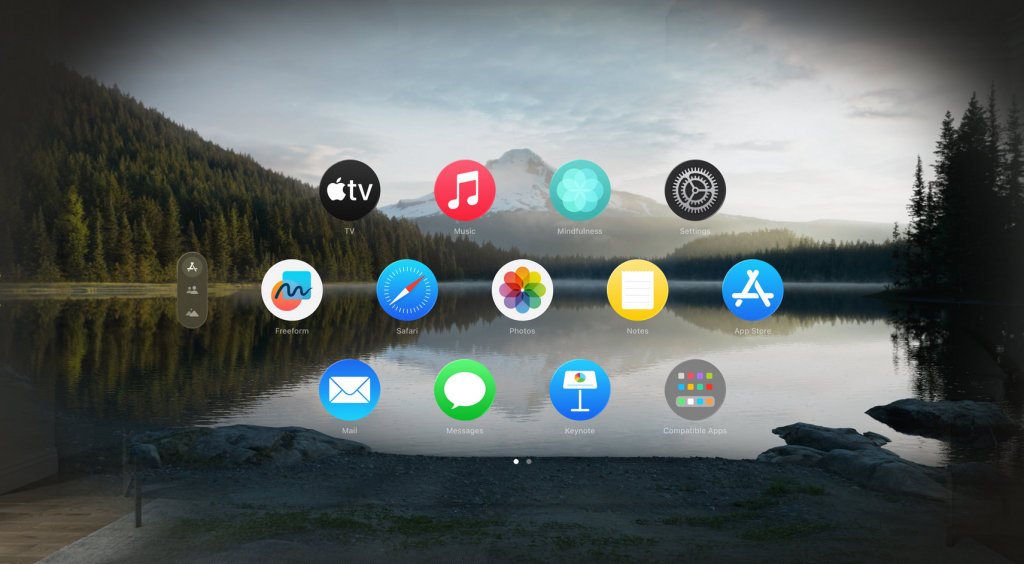
There will also be “Apple Immersive Videos,” which are 8K 3D videos with a 180-degree field of vision and Spatial Audio support. These look like they’ll simply be short non-narrative “what it’s like to be there” videos that take you to places of natural wonder and the like.
This is part of Apple’s pitch defending the price of this device. The argument is that, in a way, the Vision Pro could fully replace your iPad, your computer monitor, and your 4K TV. If you look at it that way, $3,500 doesn’t seem so extreme—except for the not-so-small detail that you might already own most of those things.
It’s clear that this launch is a trial run for the platform and not a widespread consumer release. It appears that it’s meant chiefly to entice developers to begin creating experiences for the platform, which will ostensibly make it more appealing over time, especially if Apple releases a cheaper consumer model in the future.
If you’re one of those developers, just be sure to jump on the preorders quickly, as those who don’t may have to wait longer for more supply to come in. If you’re not a developer, it might make sense to wait a bit and see how things go for the first few weeks, even if limited supply means you have to wait longer than you’d like. We’ll know more for sure when we have our hands on the device ourselve

